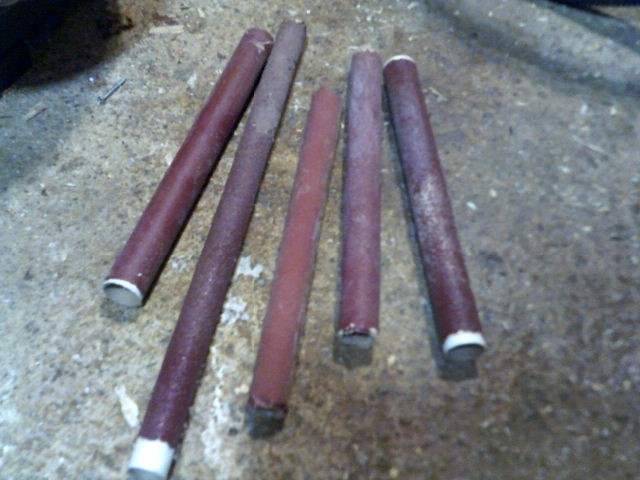woodbloke66
Established Member
This is a little sander I usually make from time to time when I need to sand where other bits of sandpaper won't go: the 'Precision Sander'. Essentially is a block of wood with a bit of sandpaper stuck to it in such a way that it's very, very accurate in use.
The current job uses a number of exposed and wedged mortice and tenons that need to be tarted up:
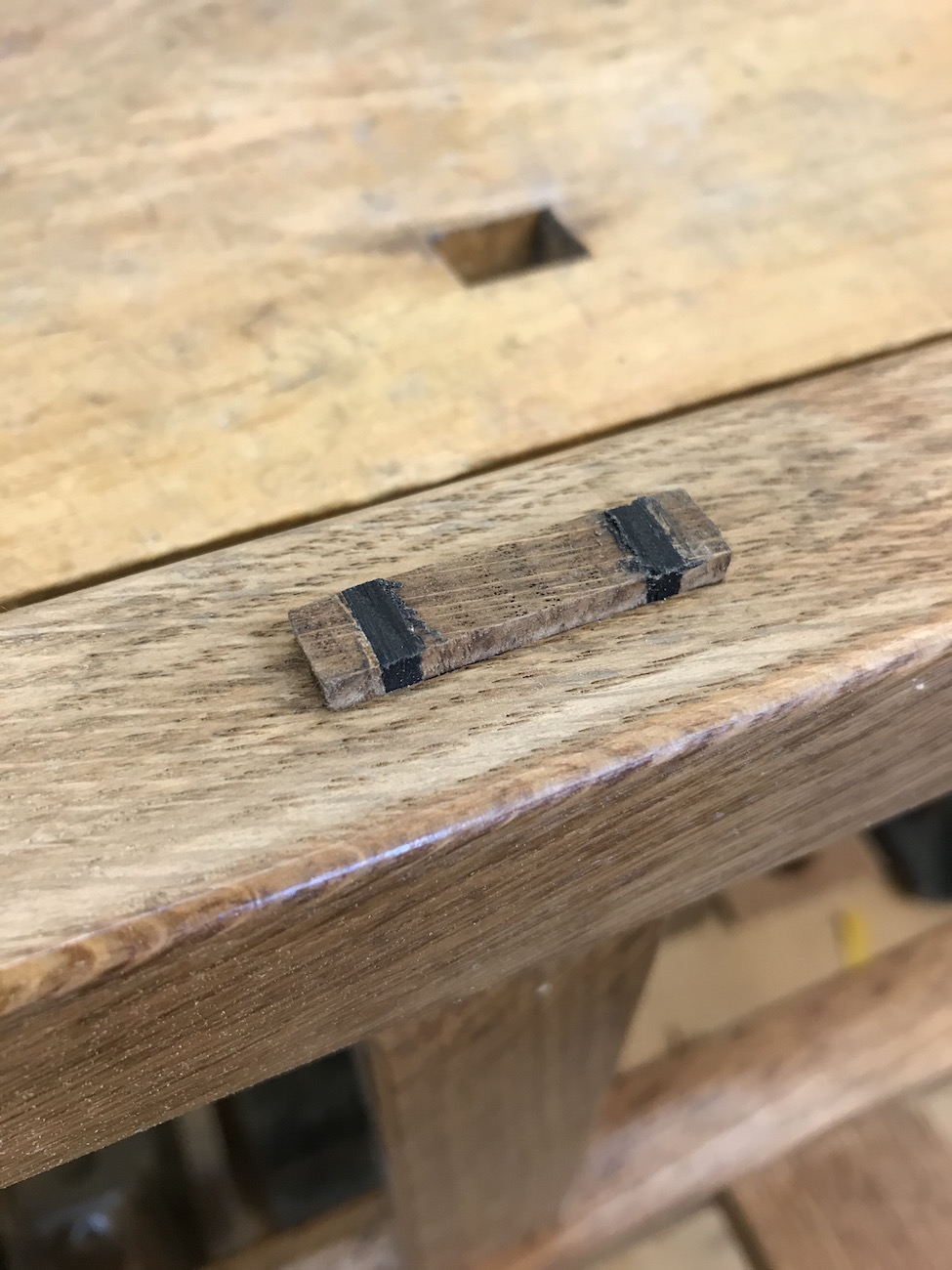
The top has been planed flat with a block and the corners are now rounded over with a very sharp Japanese paring chisel:
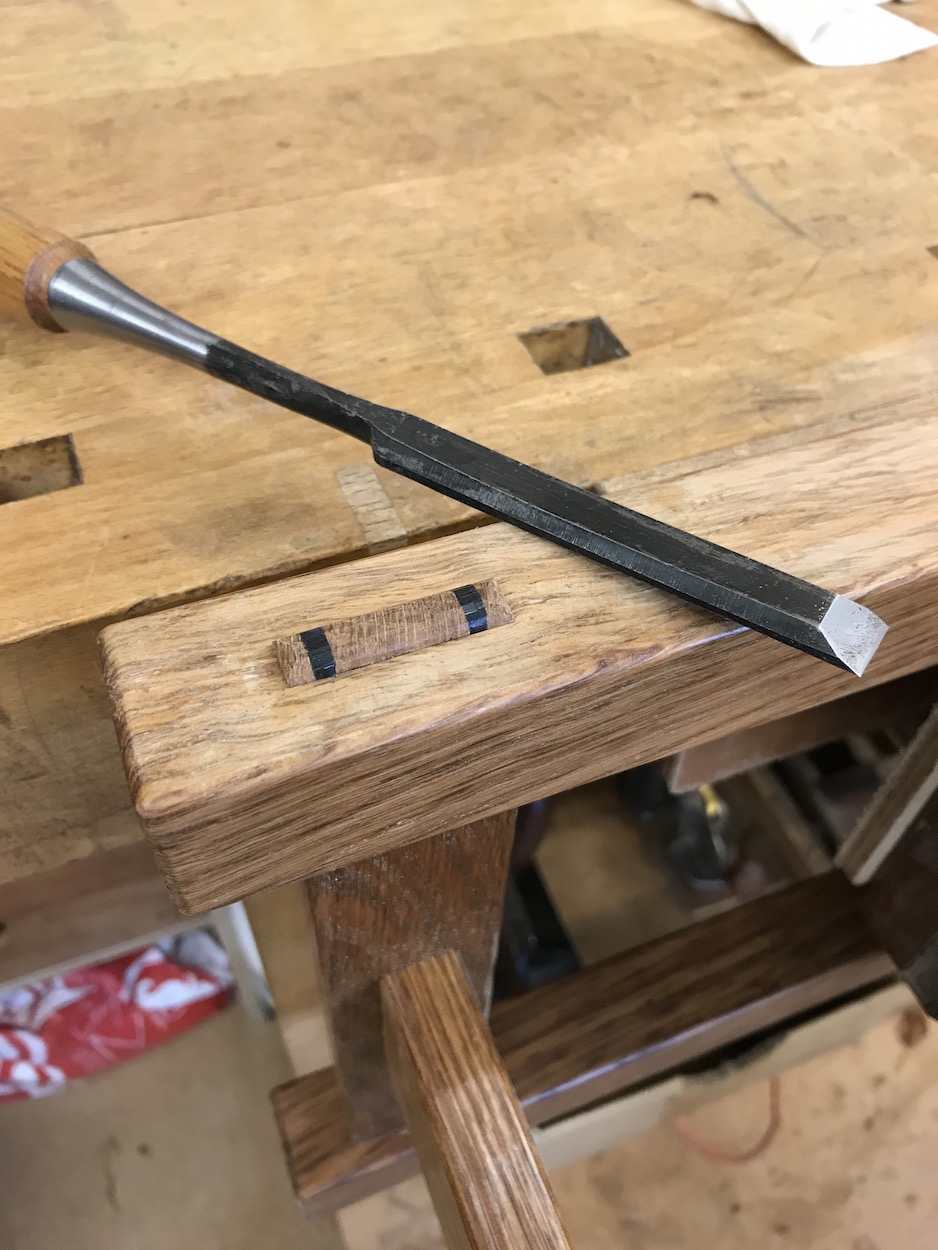
The problem now is that I need to smooth out the chisel marks which is where the Precision Sander comes in handy. To make one, take a block of hardwood and shoot the sides square; then stick on a piece of double sided tape, then turn it over and trim off the excess dead flush with the block:

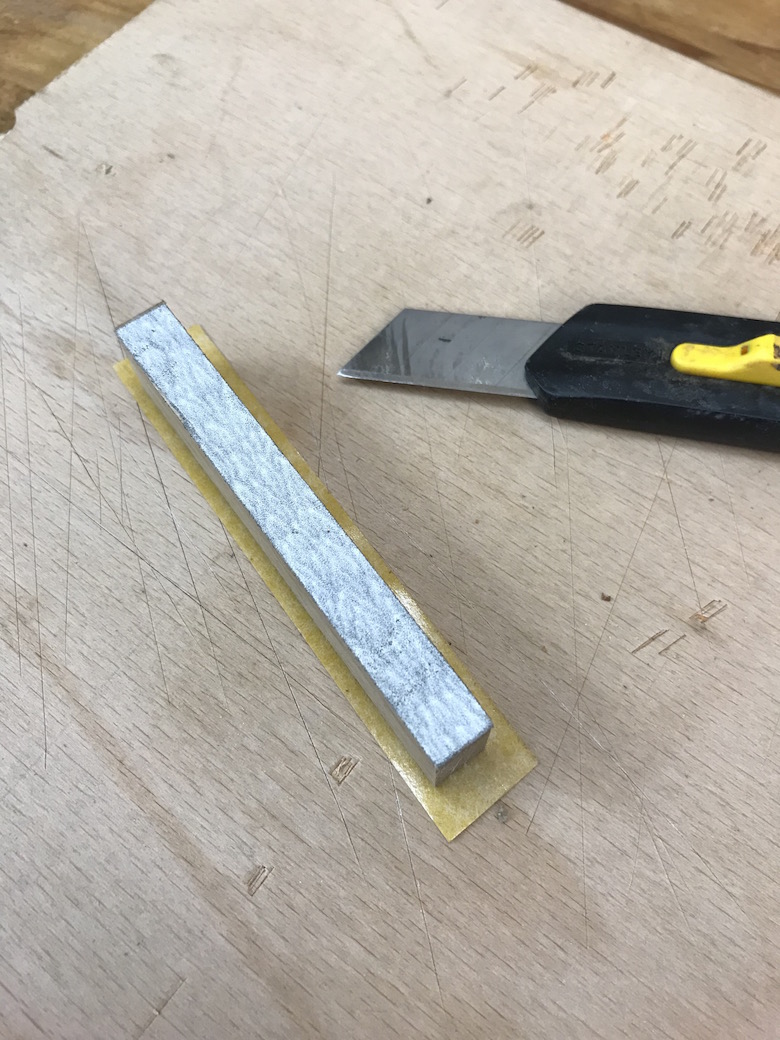

...and then stick it to your sandpaper of choice. Here I'm making a double sided sander using 240g:
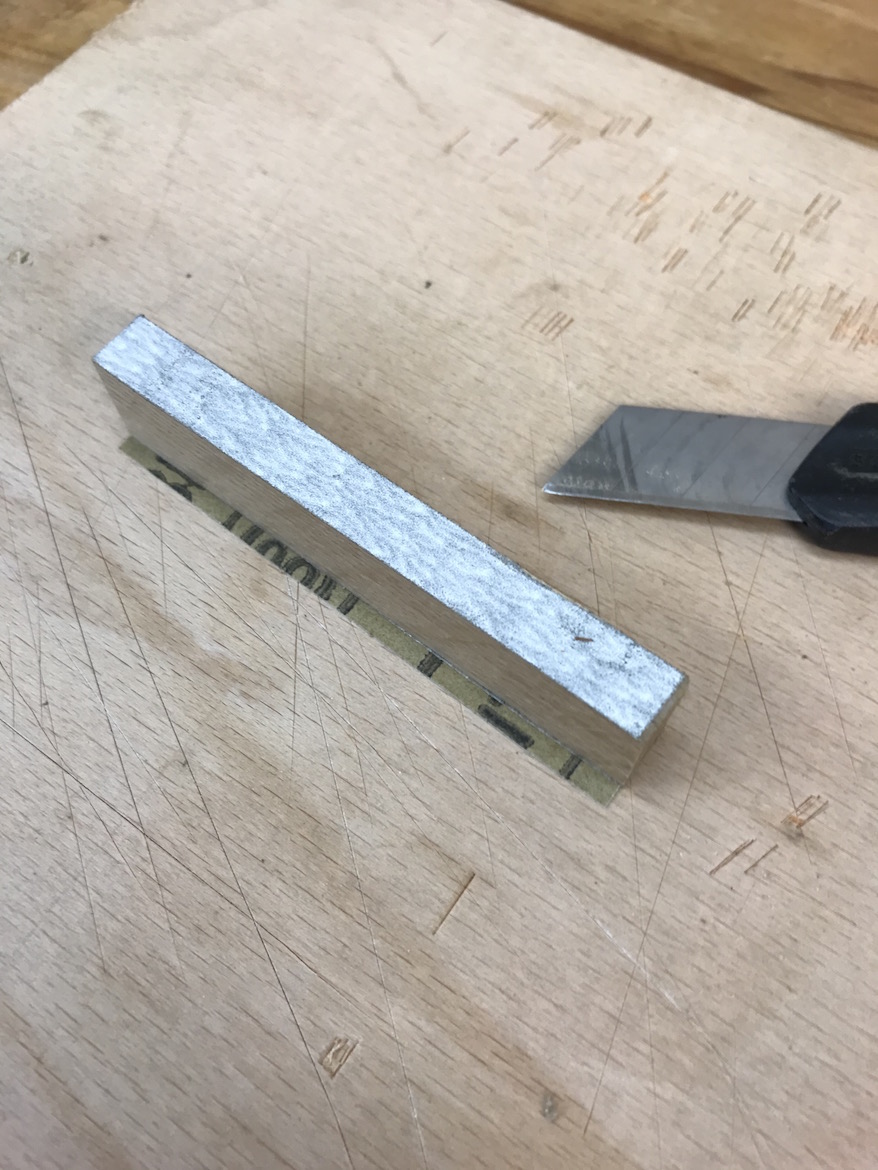
Now the PS can get right into the corners to smooth out the contour of the joint:
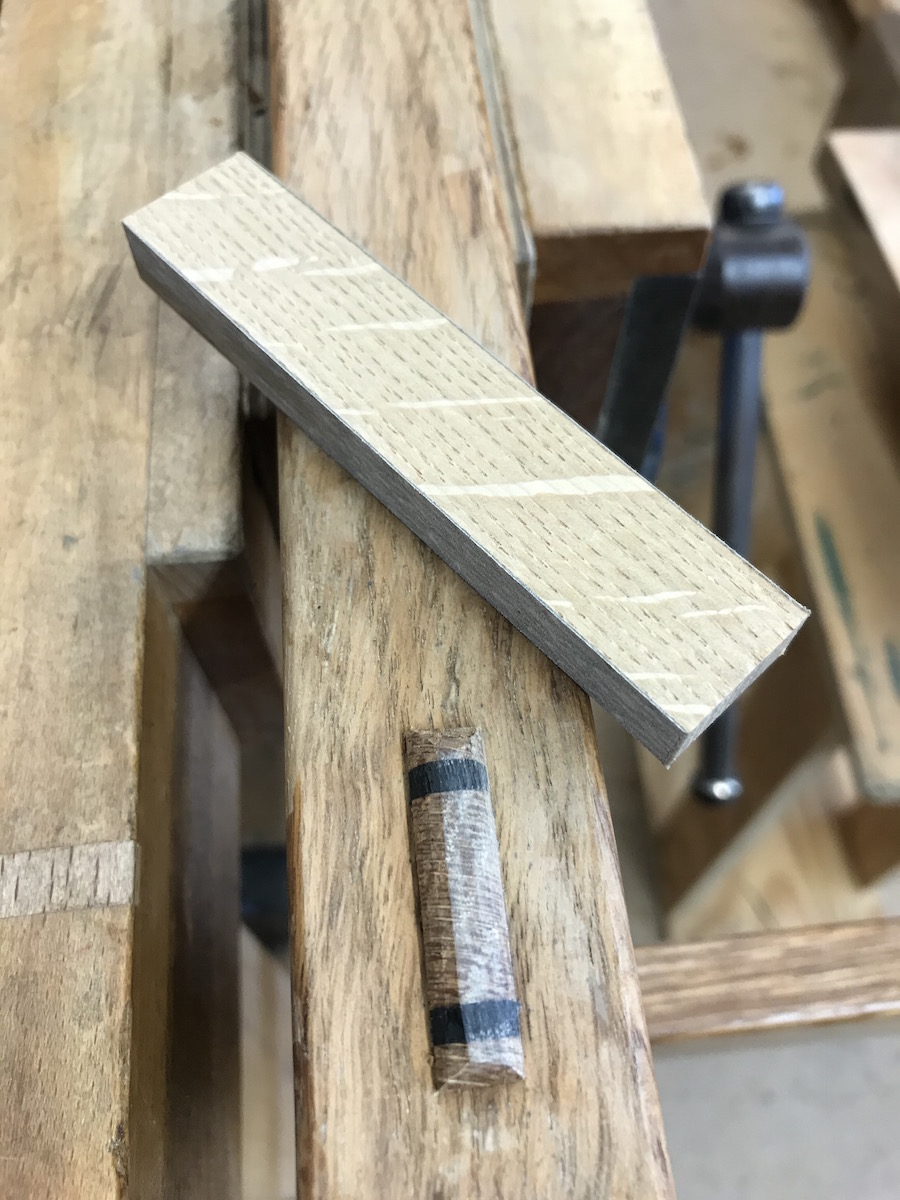
After a few minutes of sanding, the joint has been smoothed off but there remain behind some tell tale sanding marks on the leg:
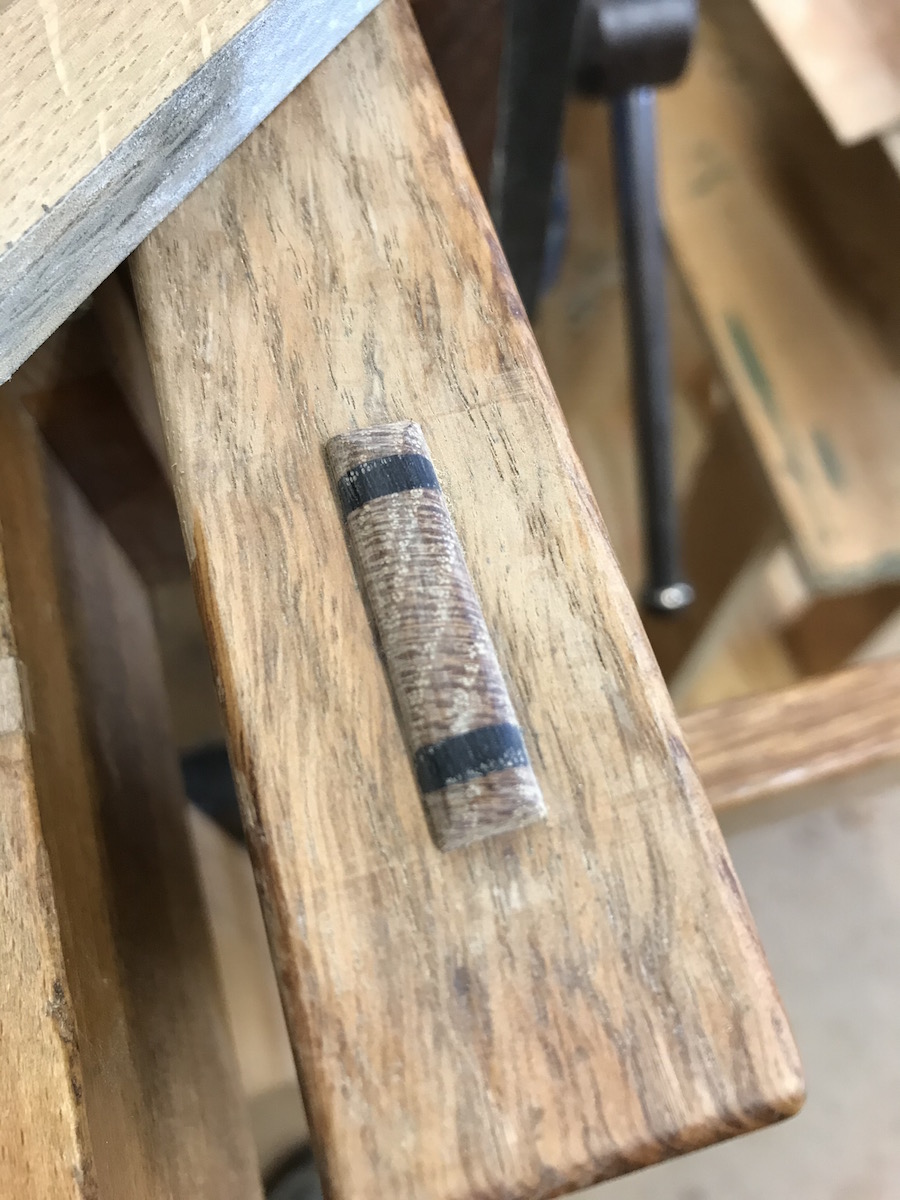
These can be easily sanded out using the Precision Sander as it will sand right into an otherwise inaccessible corner. The sandpaper lasts no time at all and after a short time it's pretty useless, but quick enough to make another sander...or use the other side.

The finished joint:

These take next to no time to make and are invaluable for going places that no sander has gone before. Live long and prosper :lol: - Rob
The current job uses a number of exposed and wedged mortice and tenons that need to be tarted up:

The top has been planed flat with a block and the corners are now rounded over with a very sharp Japanese paring chisel:

The problem now is that I need to smooth out the chisel marks which is where the Precision Sander comes in handy. To make one, take a block of hardwood and shoot the sides square; then stick on a piece of double sided tape, then turn it over and trim off the excess dead flush with the block:



...and then stick it to your sandpaper of choice. Here I'm making a double sided sander using 240g:

Now the PS can get right into the corners to smooth out the contour of the joint:

After a few minutes of sanding, the joint has been smoothed off but there remain behind some tell tale sanding marks on the leg:

These can be easily sanded out using the Precision Sander as it will sand right into an otherwise inaccessible corner. The sandpaper lasts no time at all and after a short time it's pretty useless, but quick enough to make another sander...or use the other side.

The finished joint:

These take next to no time to make and are invaluable for going places that no sander has gone before. Live long and prosper :lol: - Rob














